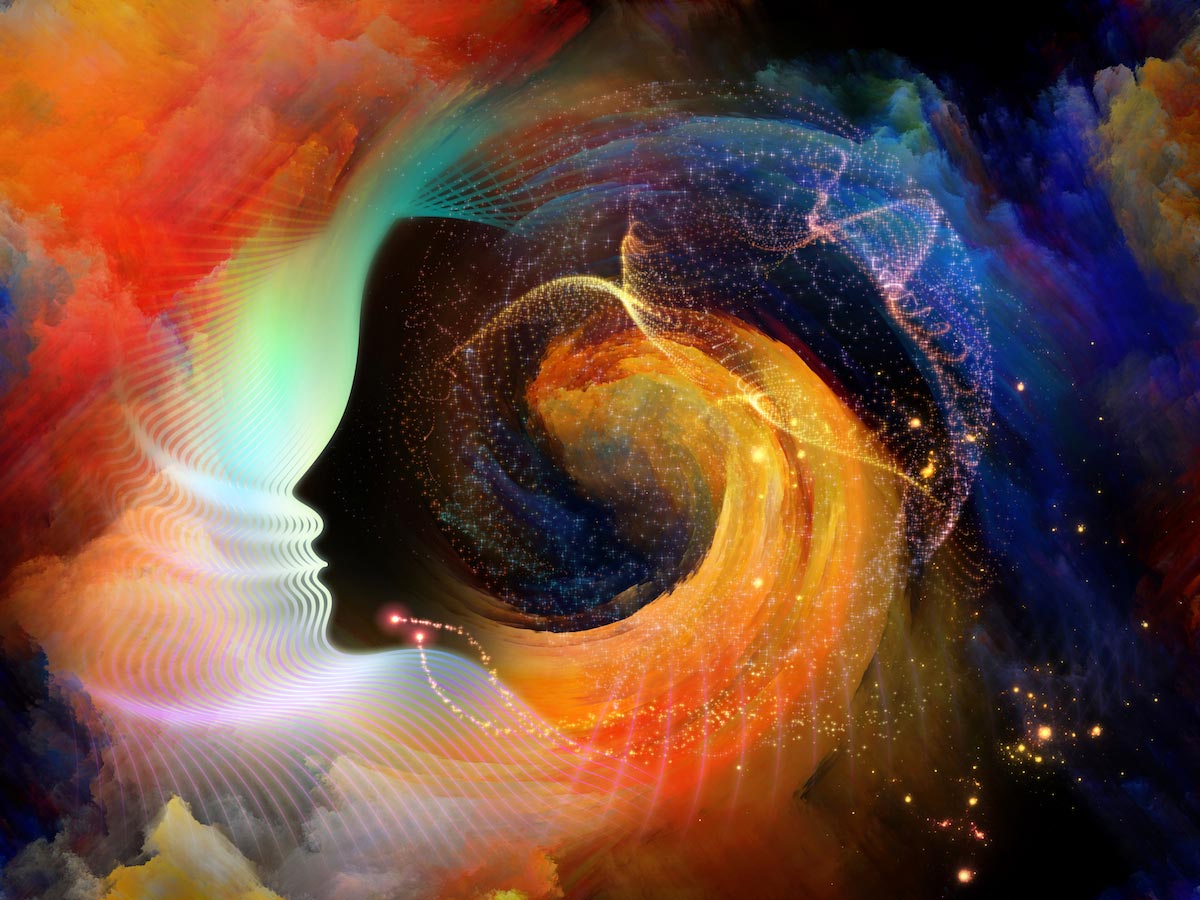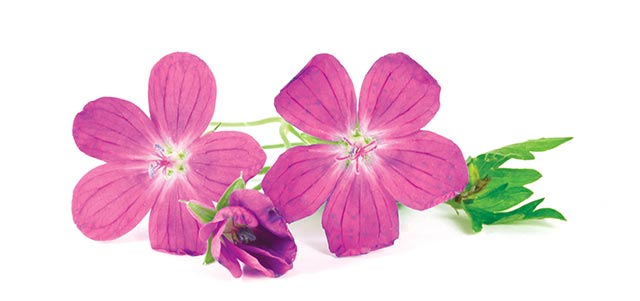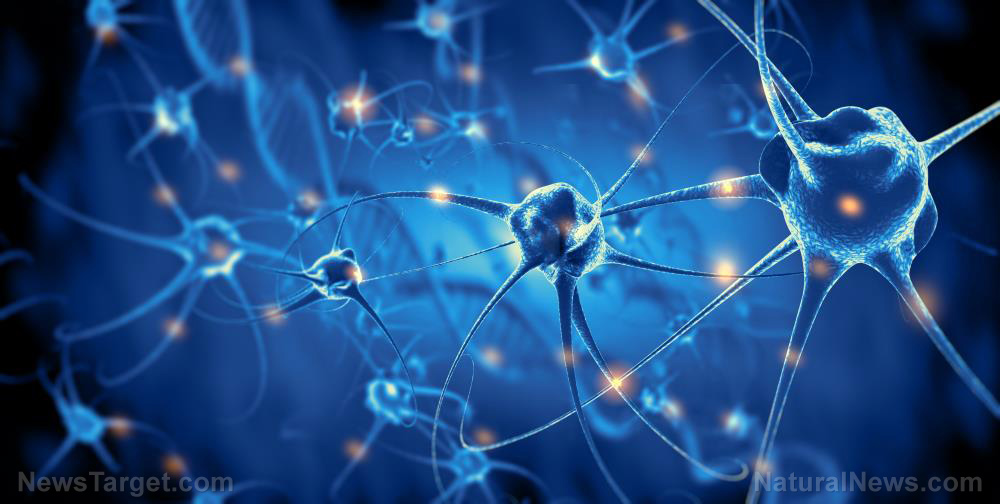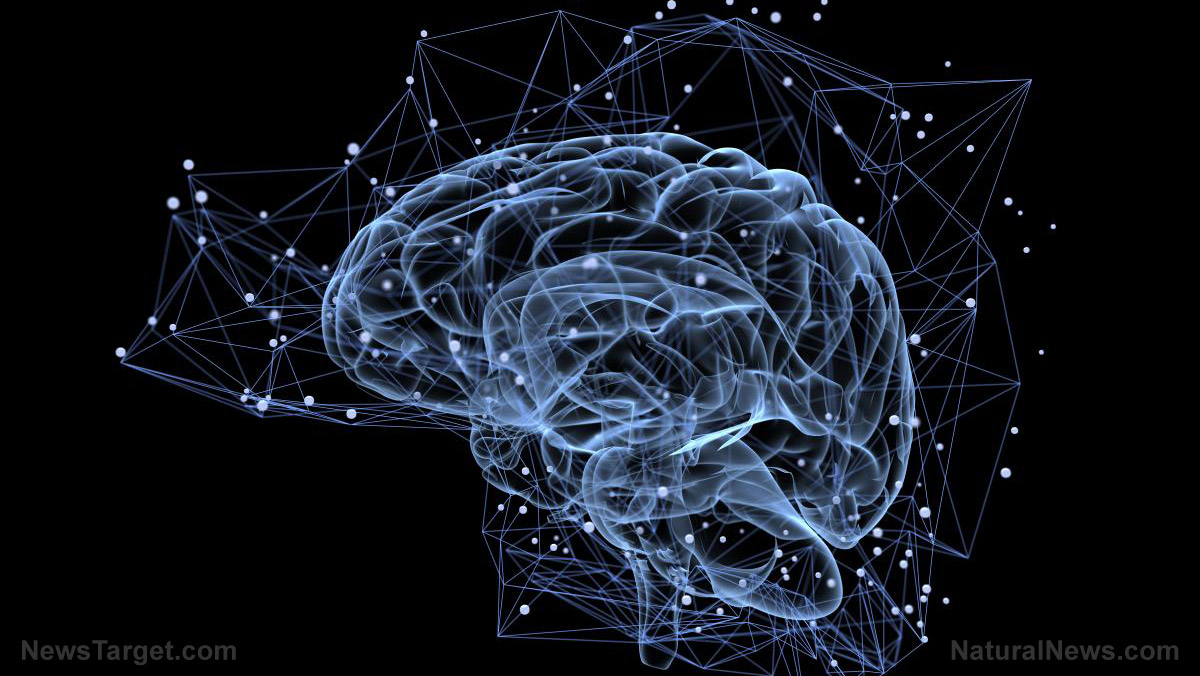PROVEN: LSD to produce “higher” state of consciousness… no wonder governments want to keep it criminalized
12/27/2018 / By Rhonda Johansson

Science has just recently validated what our parents knew in their teenage years: LSD can trigger a “higher state” of consciousness. Neuroscientists from the University of Sussex supplied new evidence that suggests taking psychedelic drugs, such as psilocybin, ketamin, and LSD, increases neural signal diversity (the complexity of brain activity) compared to a normal waking state. Neural signal diversity is considered by scientists to be an accurate gauge of the level of consciousness. For example, people who are awake or focused on a task have more diverse neural activity than those who are, say, asleep. This study indicated that psychedelic drugs could push the baseline even further, higher than someone who is just “awake” or “aware.”
Understandably cautious, the team was quick to mention that this state is neither good nor bad — it just is. They confirmed that more sophisticated and varied models are needed to validate their results. Still, Professor Anil Seth, a member of the research team, said, “this finding shows that the brain-on-psychedelics behaves very differently from normal. During the psychedelic state, the electrical activity of the brain is less predictable and less ‘integrated’ than during normal conscious wakefulness — as measured by ‘global signal diversity’…we can say that the psychedelic state appears as a higher ‘level’ of consciousness than normal — but only with respect to this specific mathematical measure.”
To assess this, the research team reanalyzed data from a previously collected study done by Imperial College London and the University of Cardiff which measured the brain activity of healthy adults given one of three psychedelic drugs: psilocybin, ketamine, and LSD. The researchers noted the tiny magnetic fields produced in the brain across all three drugs and saw that the neural signal diversity was remarkably higher.
Again, the neuroscientists stressed in their report that this psychedelic state is neither a better nor more desirable state of consciousness. Instead, their study found that the psychedelic brain state is distinctive and can be related to other changes in a conscious level (such as when a person is asleep or under general anesthetic). Dr Muthukumaraswamy, who was part of all three initial studies, said the fact that “similar changes in signal diversity were found for all three drugs, despite their quite different pharmacology, is both very striking and also reassuring that the results are robust and repeatable.”
It is hoped that these findings could aid in therapy plans that require carefully-controlled usage of these drugs, such as for the treatment of severe depression. “Rigorous research into psychedelics is gaining increasing attention, not least because of the therapeutic potential that these drugs may have when used sensibly and under medical supervision,” said Dr. Robin Carhart-Harris of Imperial College London in an article on Science Daily.
The girl with kaleidoscope eyes
Studies on the effects of psychedelic drugs were being conducted as early as the 1980s. Mostly these studies were focused on how the drug’s effects contributed to creativity; it was assumed that many artists and musicians used the drug to help them produce their powerful designs, though this was never scientifically validated since drug use at the time was mostly illegal. Despite the fact that various songs and contemporary pieces openly talked about drug use, empirical studies on the relationship between these drugs and brain activity were never made. It has only been recently that scientists and health professionals are noting several advantages of these alternative (if often recreational) drugs. (Related: Study: Psychedelic mushrooms can help spur production of new brain cells.)
“The present study’s findings help us understand what happens in people’s brains when they experience an expansion of their consciousness under psychedelics,” said Dr. Carhart-Harris. “People often say they experience insight under these drugs — and when this occurs in a therapeutic context, it can predict positive outcomes.”
You can see more articles on LSD when you visit MindBodyScience.news.
Sources include:
Tagged Under: altered states, alternative medicine, awakening, consciousness, higher state of consciousness, ketamin, lsd, mental health, Mind, psychedelic drugs, psychedlic drugs, research



















